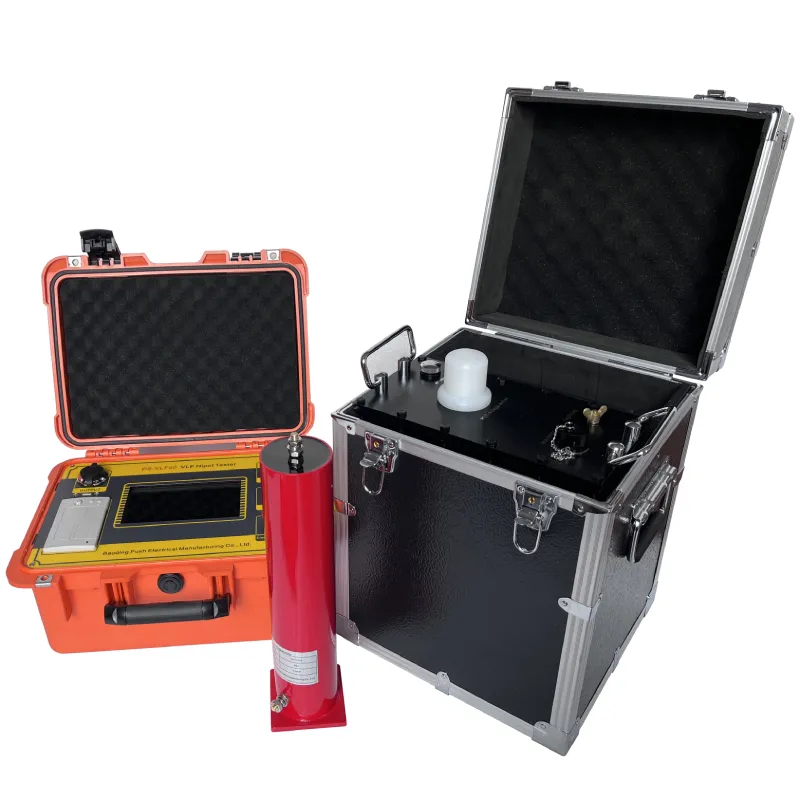 English
English


vacuum test of transformer tank
Vacuum Test of Transformer Tank Importance and Procedure
The vacuum test of a transformer tank is a crucial procedure in the maintenance and commissioning of power transformers. It ensures the integrity of the tank and is instrumental in preventing issues such as oil leaks and contamination, which could lead to operational failures or even catastrophic accidents. This article discusses the significance of the vacuum test, its methodology, and its implications for transformer reliability.
Importance of Vacuum Testing
The primary purpose of performing a vacuum test on a transformer tank is to verify that the tank is airtight and can effectively hold the insulating oil without any leaks. Transformers operate under high voltages and require a stable insulating medium to prevent electrical discharge and maintain operational efficiency. The insulating oil not only serves as an insulator but also dissipates heat generated during the transformer's operation.
A compromised transformer tank can lead to several issues, including contamination of the insulating oil, which can reduce its dielectric strength, and can require costly repairs or even replacement of the transformer. Additionally, leaks can lead to environmental hazards due to the potential escape of insulating oil. Therefore, conducting a vacuum test is essential to ensure the longevity and reliability of the transformer.
Procedure of Vacuum Testing
The vacuum testing process involves several critical steps to ensure accurate results
1. Preparation Before the vacuum test begins, the transformer tank needs to be properly prepared. This includes making sure that all access ports are sealed and that the transformer is clean and dry. Any moisture or debris inside the tank can affect the test results.
vacuum test of transformer tank

2. Vacuum Application A vacuum pump is connected to the transformer tank through a designated port. The pump gradually removes air from the tank, creating a negative pressure. During this step, monitoring equipment is used to ensure that the vacuum level is adequate, commonly aiming for a level of 0.5 to 1 mm Hg.
3. Stabilization Once the desired vacuum level is reached, it is held for a specified period, usually ranging from 30 minutes to several hours. This allows for any potential leaks to become apparent. Throughout this stabilization phase, continuous monitoring is essential to detect any pressure increases that might indicate air ingress.
4. Leak Detection After the stabilization period, the vacuum pump is turned off, and the system is allowed to rest. A rising pressure would indicate air leaking into the transformer tank. Various methods can be employed to identify and locate these leaks, including ultrasonic leak detection and soap bubble tests.
5. Documentation and Analysis Once the test is completed, the results are documented in detail. Any anomalies observed during the test are analyzed to determine their cause and potential solutions. This documentation is essential for compliance with industry standards and for future reference.
Implications for Transformer Maintenance
Regular vacuum testing of transformer tanks is a key component of preventive maintenance programs. By conducting these tests, utilities can identify problems before they escalate into major failures. A proactive approach to maintenance not only saves costs but also enhances the reliability of the power supply, which is critical in today’s increasingly electrified world.
In conclusion, the vacuum test of transformer tanks serves as an essential safeguard against operational failures. By ensuring that transformer tanks are leak-proof and effectively sealed, utilities can maintain optimal performance and reliability. Regular testing, combined with diligent maintenance practices, significantly contributes to the longevity and efficiency of transformer operations, ultimately ensuring a reliable power supply for consumers and industries alike.
-
Differences between open cup flash point tester and closed cup flash point testerNewsOct.31,2024
-
The Reliable Load Tap ChangerNewsOct.23,2024
-
The Essential Guide to Hipot TestersNewsOct.23,2024
-
The Digital Insulation TesterNewsOct.23,2024
-
The Best Earth Loop Impedance Tester for SaleNewsOct.23,2024
-
Tan Delta Tester--The Essential Tool for Electrical Insulation TestingNewsOct.23,2024





